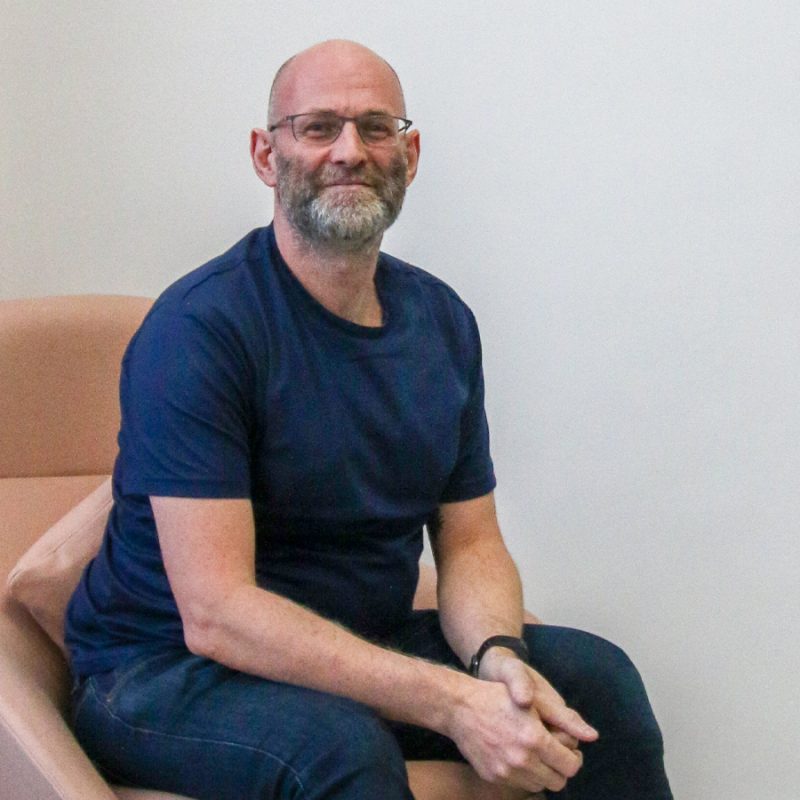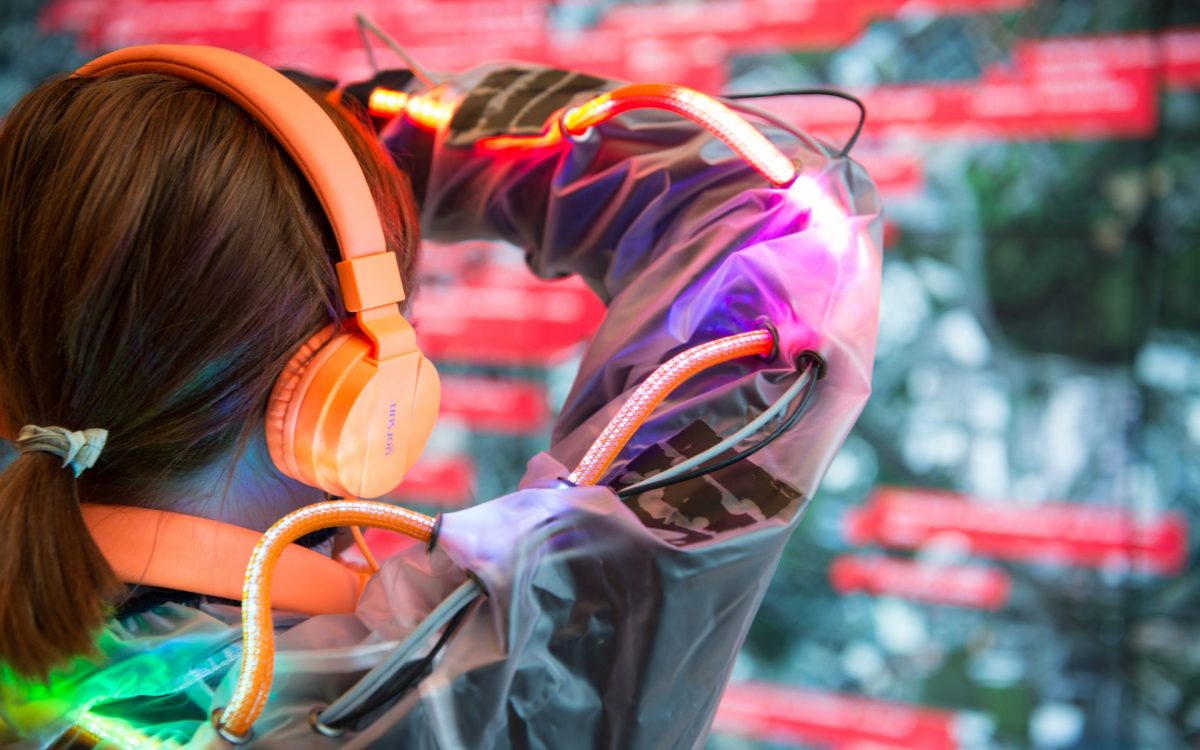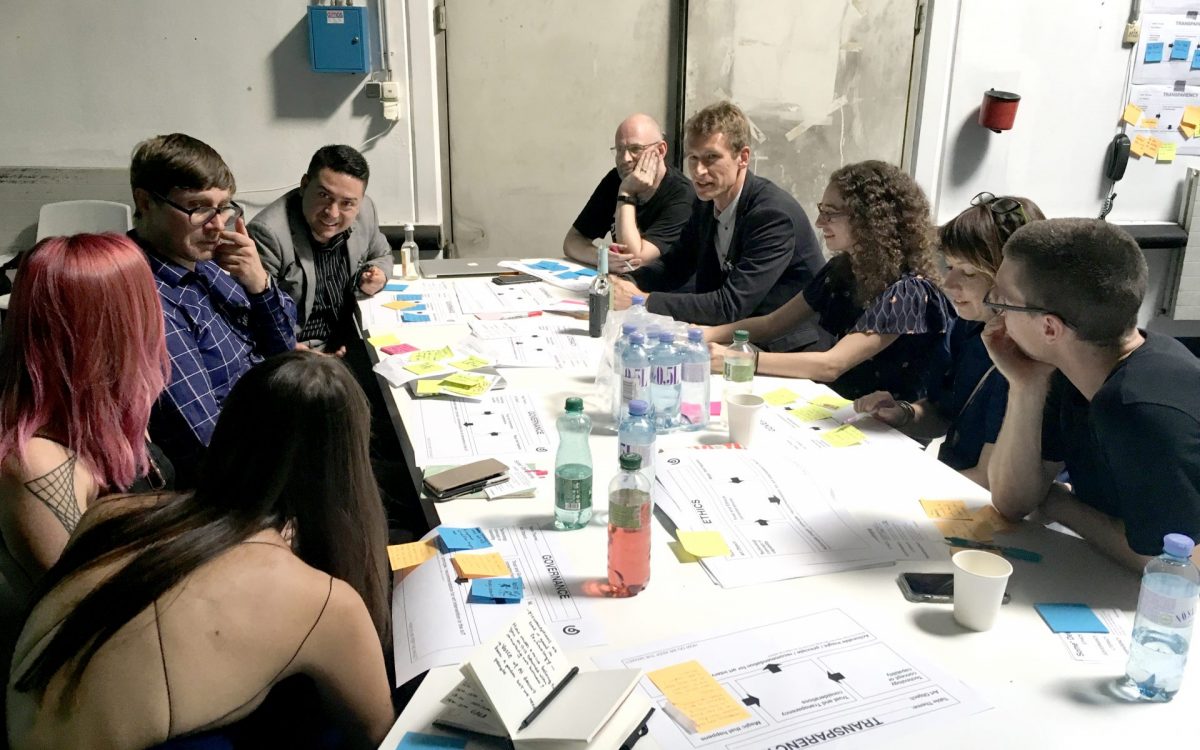Art is a powerful lens through which we can make sense of the world around us and our place within it. Arts practice acts a kind of laboratory in which we raise questions, test our assumptions and consider the ethical, legal and moral challenges of why things are done the way they are. In this ‘lab’, different perspectives emerge to clarify complex problems, illuminate obscured dangers and signpost directions for safe passage.
In the drive to make computing invisible it has become intangible. The sheer complexity of today’s IoT systems renders them opaque and difficult to grasp, even for those with expertise in adjacent fields. The challenge is to reclaim transparency, to demand investigation into societal impact. Art places us – our perception, emotional connection and intellectual stimulation – at the centre of the encounter. So, what better way to investigate a new technology or process than to bring the human experience right to the fore?
An Internet of Things for an Internet of People
IoT technologies are being developed and deployed to serve all kinds of personal, civic and business needs; from smartphone sensors to remote controlled home appliances, health monitors to mass transit systems. To respond to this emerging sector, the IoT Large Scale Pilots Programme (LSP) was launched in 2016 with the aim to ‘foster the deployment and evolution of IoT solutions’. Each of the projects that make up the programme are exploring how advanced IoT technologies can be used in real-life challenges and contexts across Europe. As their name suggests, these LSPs are intended to prototype systems that can work at the scale necessary to make a difference. With a total funding budget of €100M, the LSPs address five different areas including smart living environments, wearables and self-driving cars.
Two other projects work side by side with the LSPs in order to support them and to highlight possibilities for partnerships or shared learning. One such project is Create-IoT which aims to create space for collaboration between the LSPs, generate greater visibility of IoT projects with the citizens of Europe, and explore the evolution of IoT ecosystems. FutureEverything has been commissioned by Create-IoT to work alongside their other partners to demonstrate the value of artistic intervention in sparking innovation and fostering challenging debate.



















